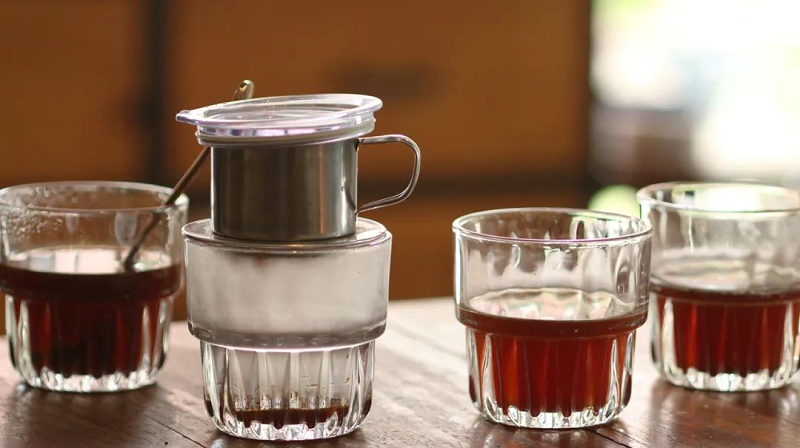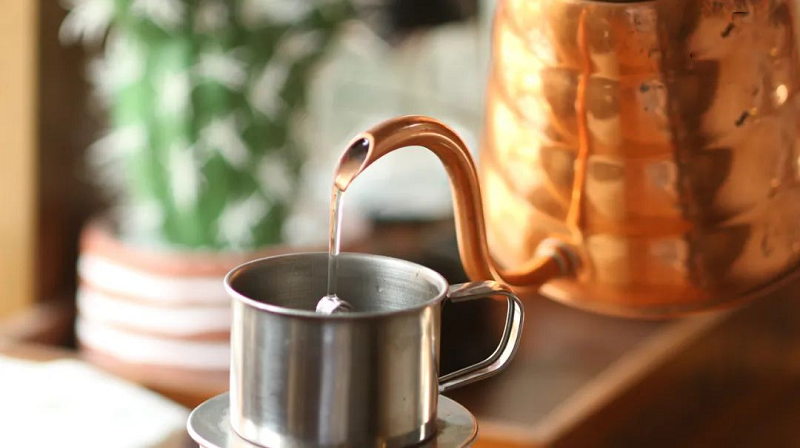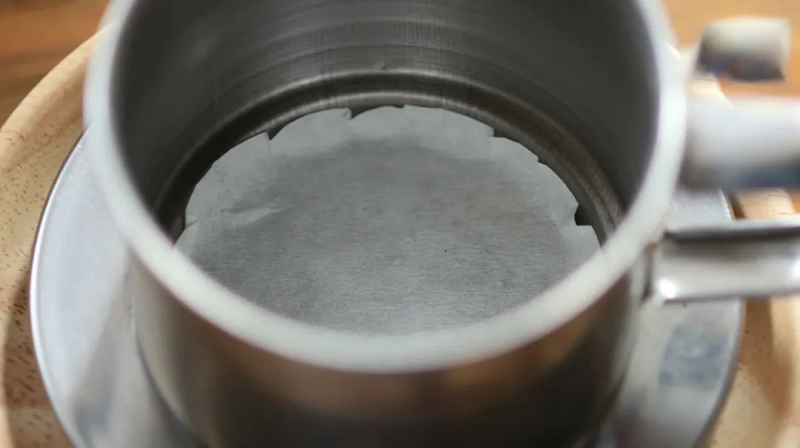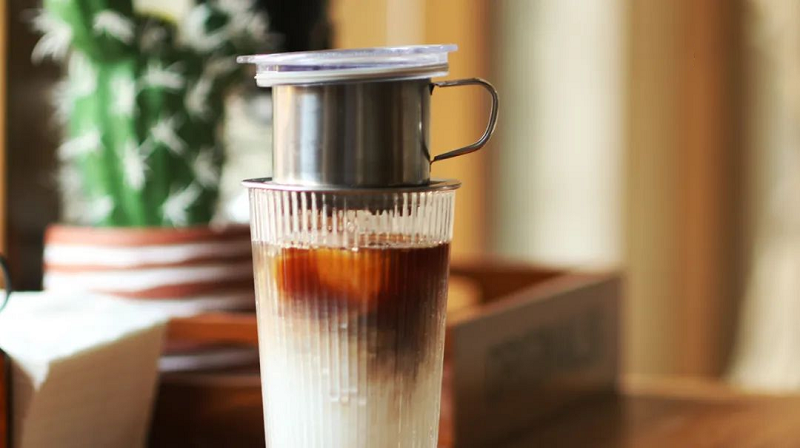The Vietnamese drip filter pot is a special coffee utensil for Vietnamese, just like the Mocha pot in Italy and the Türkiye pot in Türkiye.
If we only look at the structure of the Vietnamese drip filter pot, it would be too simple. Its structure is mainly divided into three parts: the outermost filter, the pressure plate water separator, and the top cover. But looking at the price, I’m afraid this price won’t buy any other coffee utensils. With its low price advantage, it has won the love of many people.
First, let’s talk about how this Vietnamese person uses this pot. Vietnam is also a major coffee producing country, but it produces Robusta, which has a bitter and strong taste. So the locals don’t expect coffee to have such rich flavors, they just want a simple cup that’s not too bitter and can refresh the mind. So (in the past) there were many condensed milk coffees made with drip pots on the streets of Vietnam. The method is also very simple. Put some milk into the cup, then place the drip strainer on top of the cup, pour in hot water, and cover with a lid until the coffee drip is complete.
Generally, the coffee beans used in Vietnamese drip pots are mainly concentrated in bitterness. So, if you use lightly roasted coffee beans with floral fruit acid, can Vietnamese drip pots taste good?
Let’s first understand the extraction principle of the Vietnamese drip filter. There are many holes at the bottom of the filter, and at first, these holes are relatively large. If the diameter of the coffee powder is smaller than this hole, won’t these coffee powders fall into the coffee. In fact, coffee grounds will fall off, but the amount dropped is less than expected because there is a pressure plate water separator.
After placing the coffee powder into the filter, gently pat it flat, and then place the pressure plate water separator horizontally into the filter and press it tightly. This way, the majority of the coffee powder will not fall off. If the pressure plate is pressed tightly, the water droplets will drip slower. We recommend pressing it to the tightest possible pressure, so that we do not have to consider the variable of this factor.
Finally, cover the top cover because after injecting water, the pressure plate may float up with the water. Covering the top cover is to support the pressure plate and prevent it from floating up. Some pressure plates are now fixed by twisting, and this type of pressure plate does not require a top cover.
In fact, upon seeing this, the Vietnamese pot is a typical drip coffee utensil, but its drip filtration method is somewhat simple and crude. In that case, as long as we find the appropriate grinding degree, water temperature, and ratio, light roasted coffee can also produce a delicious taste.
When conducting experiments, we mainly need to find the grinding degree, because grinding degree directly affects the extraction time of drip coffee. In terms of proportion, we first use 1:15, because this ratio is easier to extract a reasonable extraction rate and concentration. In terms of water temperature, we will use a higher temperature because the insulation performance of Vietnamese drip coffee is poor. Without the influence of stirring, water temperature is the most effective method to control extraction efficiency. The water temperature used in the experiment was 94 degrees Celsius.
The amount of powder used is 10 grams. Due to the small bottom area of the drip filter pot, in order to control the thickness of the powder layer, it is set at 10 grams of powder. In fact, around 10-12 grams can be used.
Due to the limitation of the filter capacity, the water injection is divided into two stages. The filter can hold 100ml of water at a time. In the first stage, 100ml of hot water is poured in, and then the top cover is covered. When the water drops to half, another 50ml is injected, and the top cover is covered again until the entire drip filtration is completed.
We conducted tests on lightly roasted coffee beans from Ethiopia, Kenya, Guatemala, and Panama, and finally locked the grinding degree on the 9.5-10.5 scale of EK-43s. After sieving with a No. 20 sieve, the result was approximately between 75-83%. The extraction time is between 2-3 minutes. Roughly ground coffee has a shorter drip time, making the acidity of the coffee more pronounced. Finer ground coffee has a longer drip time, resulting in better sweetness and taste.
Post time: Aug-20-2024









